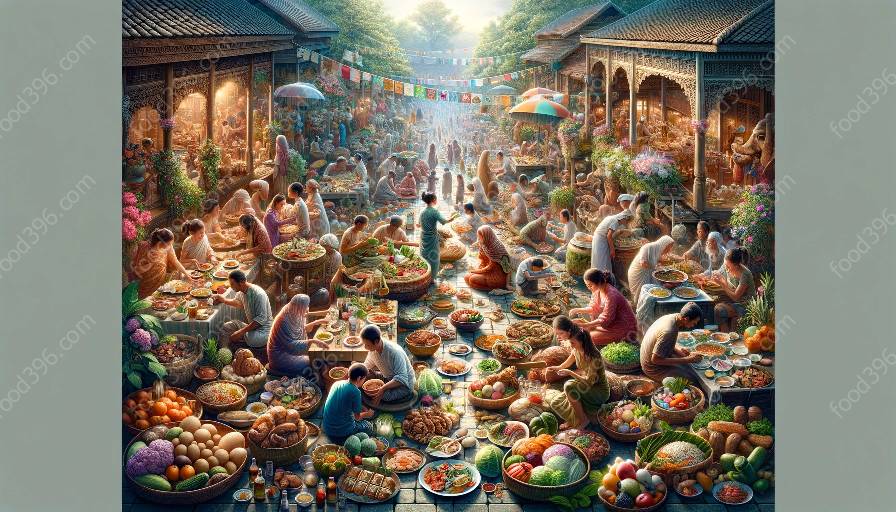Food taboos and restrictions have been ingrained in human societies for centuries, shaping cultural expressions and playing a crucial role in the food culture and history of different communities.
The Significance of Food as a Cultural Expression
Food is not just a source of sustenance; it is deeply intertwined with culture, traditions, and identity. The way individuals and communities consume, prepare, and interact with food reflects their beliefs, values, and social structures. Food serves as a rich medium for expressing cultural diversity and heritage.
The Intersection of Food Culture and History
Understanding the evolution of food culture and its historical context provides valuable insights into the roots of food taboos and restrictions within different societies. Historical events, migration patterns, and religious practices have all played a part in shaping food cultures around the world.
Exploring Food Taboos and Restrictions
Food taboos and restrictions refer to the practices and beliefs that dictate which foods are permissible or prohibited within a given society. These norms often stem from religious, moral, environmental, or health-related considerations and vary widely across different cultures.
Societal Norms and Beliefs
Food taboos and restrictions are heavily influenced by societal norms and beliefs. They not only delineate what is acceptable to eat but also reinforce social structures and power dynamics within a community. For example, in certain cultures, specific foods may be reserved for special occasions or restricted based on social hierarchy.
Cultural Identity and Authenticity
Food taboos and restrictions also contribute to the maintenance of cultural identity and authenticity. They often dictate the preparation and consumption of traditional dishes, preserving culinary heritage and reinforcing a sense of belonging and continuity within a community.
Eating Habits and Rituals
Food taboos and restrictions influence eating habits and rituals, guiding individuals in selecting, preparing, and consuming food in accordance with cultural norms. These rituals create a sense of order and meaning, fostering a deeper connection between individuals and their cultural heritage.
Food Taboos and Restrictions in Different Cultures
Across the globe, a multitude of food taboos and restrictions exist, each shaped by unique cultural, historical, and environmental factors. Here are some examples that illustrate the diversity of food practices:
Religious Prohibitions
In many religious traditions, certain foods are deemed sacred or forbidden. For instance, in Judaism, the consumption of pork is strictly prohibited, while Hinduism prohibits the consumption of beef due to the veneration of the cow as a symbol of motherhood and fertility.
Environmental Considerations
Some food taboos and restrictions are rooted in environmental concerns. Inuit communities, for example, have traditional prohibitions on specific types of meat to ensure the ecological balance of their surroundings and preserve essential resources.
Health and Healing Practices
Certain food taboos and restrictions are based on principles of health and healing. Traditional Chinese medicine, for instance, emphasizes the concept of balance and assigns specific properties to certain foods, leading to restrictions based on individual constitutions.
Challenges and Evolutions
While food taboos and restrictions play a crucial role in preserving cultural heritage, they also face challenges in the modern world. Globalization, migration, and technological advancements have led to the exchange of culinary practices and the blending of food cultures, challenging traditional boundaries.
Adapting to these changes while preserving cultural authenticity poses a significant challenge for communities with deep-rooted food taboos and restrictions, as they strive to navigate the complexities of a rapidly evolving food landscape.
The Future of Food Taboos and Restrictions
As societies continue to evolve, so too will their attitudes towards food taboos and restrictions. It is essential to recognize and respect the cultural significance of these practices while also engaging in meaningful dialogues and initiatives that promote the understanding and appreciation of diverse food cultures.
By acknowledging the multifaceted relationship between food taboos and restrictions, food as a cultural expression, and the overarching food culture and history, we can celebrate the diversity of human culinary practices and foster a greater appreciation for the complex interplay of food and culture.

